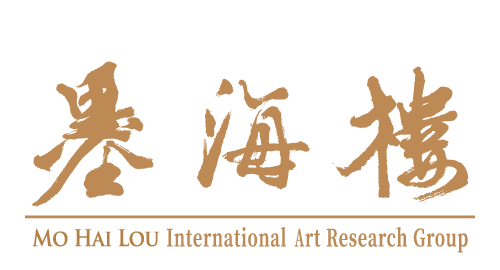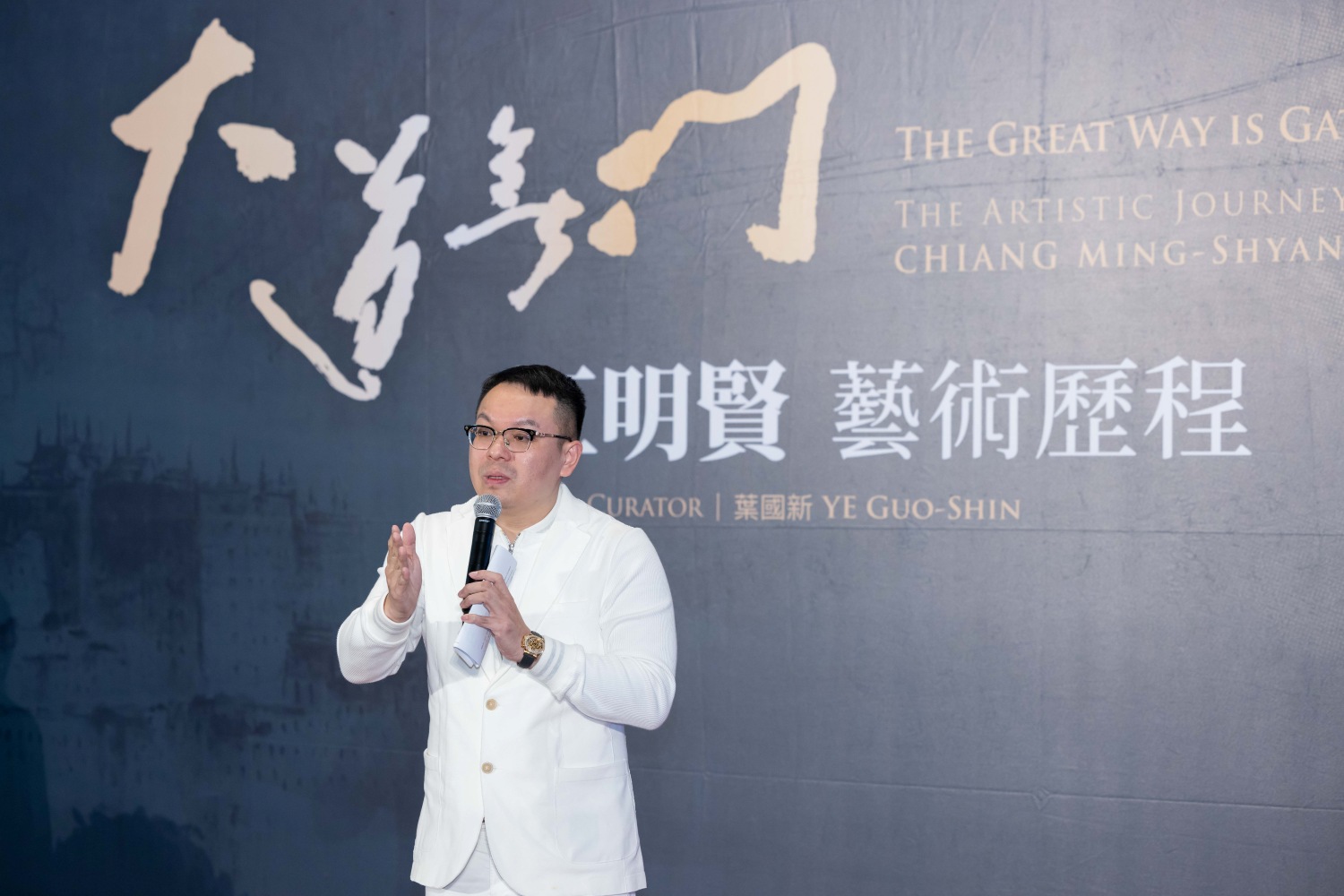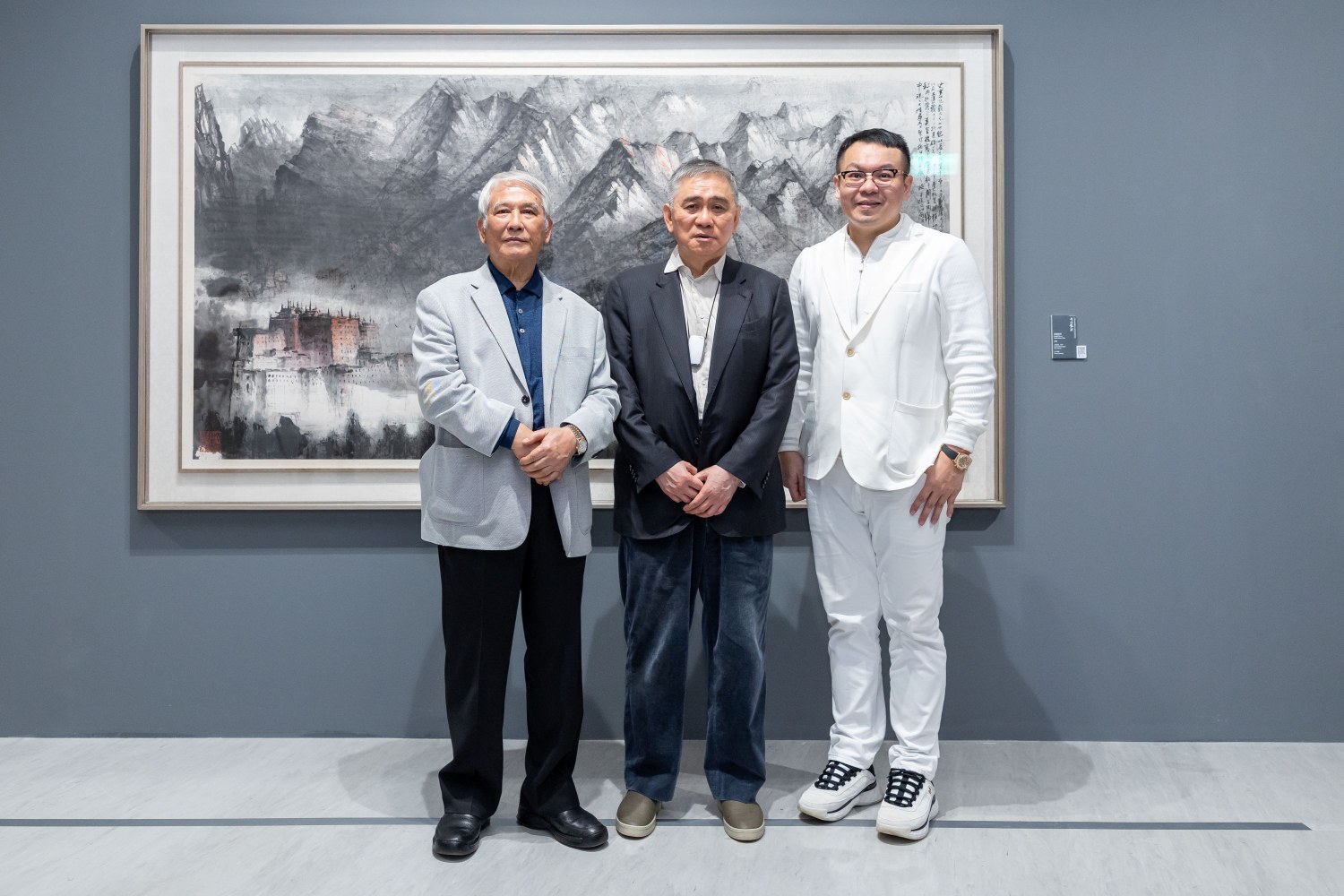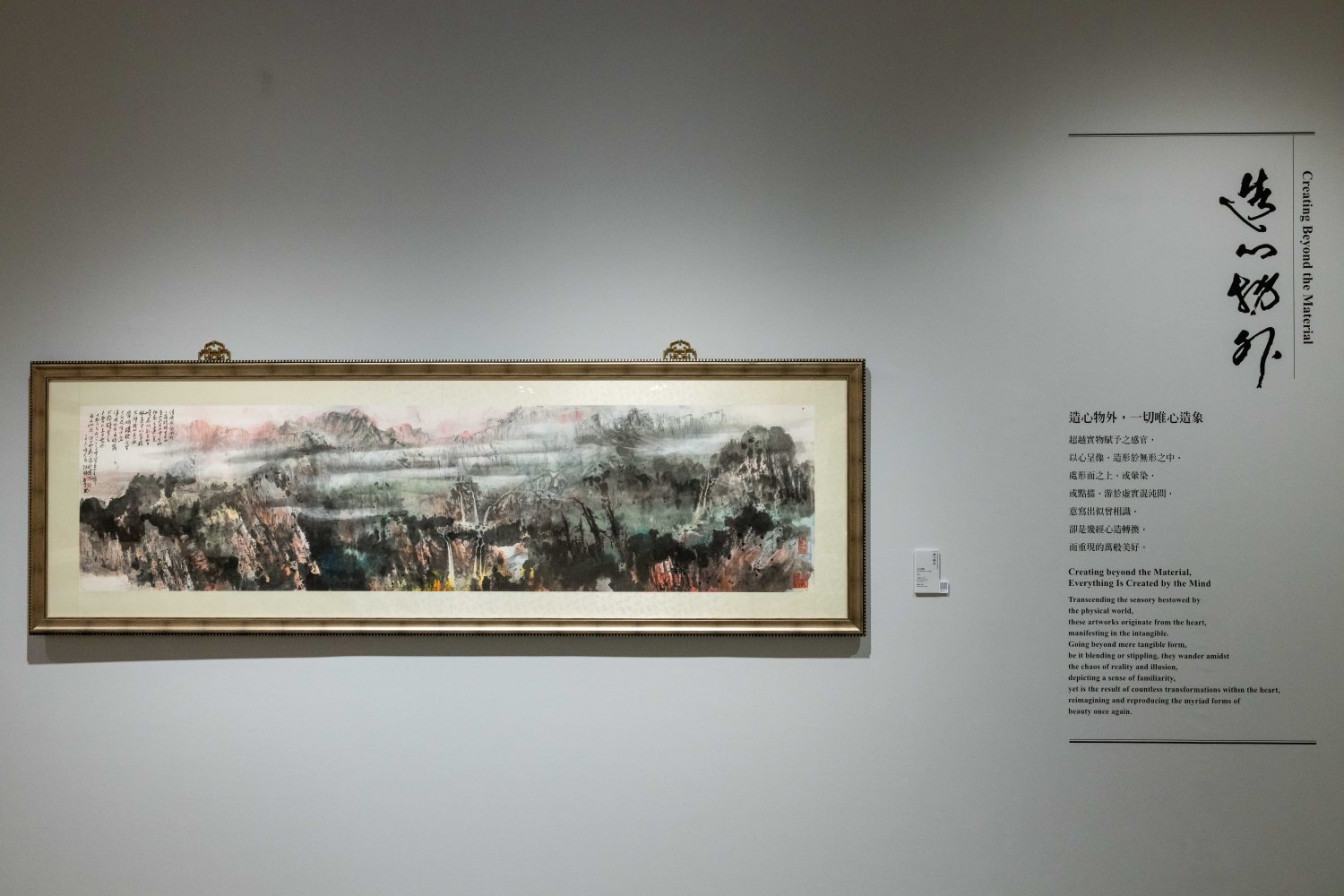【Economic Daily News, Reported by Chiu Szu-Chen】
The Great Way Has No Gate: The Artistic Journey of Chiang Ming-Hsien is the National Taiwan Museum of Fine Arts’ largest exhibition of the year and a major event in Taiwan’s art and culture scene. Running from now until February 25, the exhibition is held at the museum’s 101 Exhibition Room, showcasing a carefully curated selection of works from the lifetime of renowned artist Chiang Ming-Hsien. The exhibition is led by famous curator and Chiang’s former student, Dr. Yeh Guoshin, and organized in collaboration with the Mok Haulou team. This grand event, celebrated by both sides of the Taiwan Strait and in Europe and America, presents a remarkable retrospective of Chiang’s career, offering an unparalleled artistic experience. At the age of over 80, Chiang Ming-Hsien’s works are now displayed in a spectacular exhibition, akin to a personal documentary of his artistic journey.
Chiang Ming-Hsien, born in 1942 in Taichung, Taiwan, is a distinguished artist, educator, and philosopher with a rich academic background. He has developed a versatile command over multiple mediums, excelling in not only ink painting but also oil painting, watercolor, calligraphy, and sketching, which has enabled him to create a colorful and diverse artistic style. From winning first place in traditional Chinese painting at the National Taiwan Normal University Art Department’s student exhibition in his youth, to becoming the first Taiwanese artist to hold a solo exhibition in mainland China, Chiang’s career is marked by numerous accolades, including the National Arts Award and honorary professor at his alma mater. He has held over seventy solo exhibitions and more than one hundred group exhibitions worldwide, in locations such as Taiwan, the United States, France, Spain, China, South Korea, and Japan, establishing a legacy that few young artists can rival.
▲ Dr. Ye Guoshin, Curator, Delivering a Speech at the Opening Ceremony of “The Great Way Has No Gate: The Artistic Journey of Chiang Ming-Hsien.” Photo courtesy of Mok Haulou.
The curator, Dr. Ye Guoshin, after carefully analyzing Chiang Ming-Hsien’s artistic journey and style, presented the exhibition “The Pathless Path: The Artistic Journey of Chiang Ming-Hsien” in five major themes: 1. Nostalgic Sentiments, 2 . Endless Rivers and Mountains, 3.The Poetic Realm, 4. Creating the Heart Beyond Matter, and 5. The Inaccessible Ink Chapter. Regardless of style or subject—whether realistic or freehand, figurative or abstract, depicting mountains, landscapes, or architecture—his work reflects a deep foundation in Chinese culture and is heavily influenced by Chinese scholar-painting. He follows nature’s principles, emphasizes the spiritual essence, and not only captures the form of objects but also expresses his unique personal emotions. This exhibition showcases the artist’s distinctive style and creative trajectory, highlighting his profound aesthetic cultivation and artistic achievements. It invites viewers to engage in dialogue with the artwork, exploring the deep meanings and artistic grace conveyed through his paintings. Dr. Ye mentioned that Chiang Ming-Hsien does not merely seek the surface of visual art, but strives for the transcendence beyond the painting: “Whether it’s brush or ink, I am present in it,” which encapsulates the highest spirit of his artistic creation—his unique approach.
In his opening speech, Chiang Ming-Hsien explained that “The Great Way Has No Gate” represents his artistic insight throughout his life. The term “no gate” refers to a Zen concept in which, after reaching a certain point in creation, one must return to the self and strive to cultivate their own creative spirit. He also emphasized that being able to exhibit at a national museum and be included in biographical compilations is an important affirmation and motivation for Taiwanese artists.
▲This photograph features artist Chiang Ming-Hsien (from left), Dr. Wang Wen-Yang, President of Hong Ren Group, and Dr. Ye Guoshin, the curator, posing together in front of the painting Potala Palace. The image was provided by Mo Hai Lou.
Chiang Ming-Hsien dedicated his entire life to the exploration and experimentation of ink painting. He once remarked, “When I speak of Chinese painting, I do not refer to it in the narrow sense of materials and content. Rather, I refer to the spirit of Eastern art, which is rooted in the profound humanistic and philosophical ideals of Chinese painting. This foundation serves as the skeleton upon which Western art theories and techniques are integrated, forming a modern Chinese painting that is distinct from tradition yet not detached from it.” Through this perspective, Chiang’s open-mindedness and dynamic drive are clear. He successfully blended the spirits of Eastern and Western painting, merging traditional Chinese philosophies—Confucianism, Buddhism, and Taoism—with a harmonious worldview of humans and nature. This unique synthesis of traditional ink painting and Western artistic principles is imprinted in his work, creating pieces that have both deep meaning and broad appeal, culminating in artworks that reflect the era’s spirit while also carrying distinct individuality.
The Director of the National Taiwan Museum of Fine Arts, Chen Kan-I, commented that Chiang Ming-Hsien is not only a master of modern ink painting in Taiwan’s art history but also an influential educator. During his time teaching at National Taiwan Normal University, he mentored many future leaders in the art world, cementing his importance in the art community. Chiang’s work skillfully combines the two major elements of Western realism and Eastern freehand brushwork. This exhibition showcases more than a hundred of his ink paintings created over the past fifty years, along with several experimental calligraphy works. In addition to borrowing pieces from various municipal museums and galleries, the exhibition also features rare works from private collectors, offering a unique opportunity to view these treasured works.
It is worth mentioning that after curating the largest and longest-standing Asian Art in London (the London Asian Art Week), Dr. Ye, the curator, led his “Mo Hai Lou International Art Research Institution” in meticulously planning every aspect of the exhibition. This includes framing the works, space layout, wall colors, lighting, the overall design at the entrance, as well as the creation of the exhibition catalog, from design to paper selection and color correction. Dr. Ye fully immersed himself in the planning of this major exhibition, even flying to various renowned museums and galleries in Europe and the U.S. to gain inspiration and apply his findings to this exhibit. His goal was to present the most valuable and impactful exhibition of Mr. Jiang Mingxian’s life. Mr. Jiang Mingxian expressed his special gratitude to Dr. Ye for his tremendous efforts in curating this exhibition, which he believes is the most complete and magnificent exhibition of his life.
For more information about the exhibition, please refer to the National Taiwan Museum of Fine Arts’ official website: http://www.ntmofa.gov.tw.
來源 : Economic Daily News






